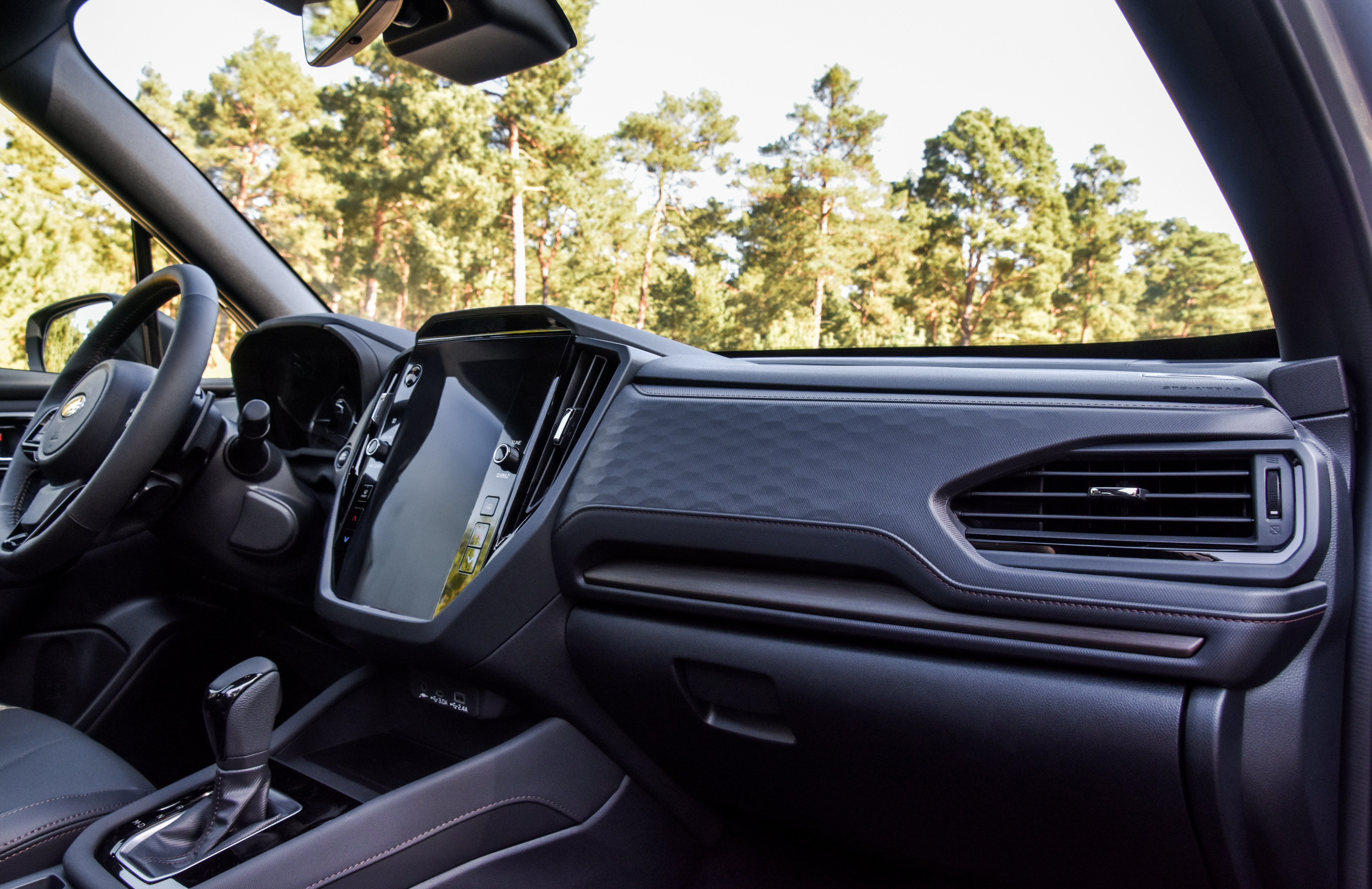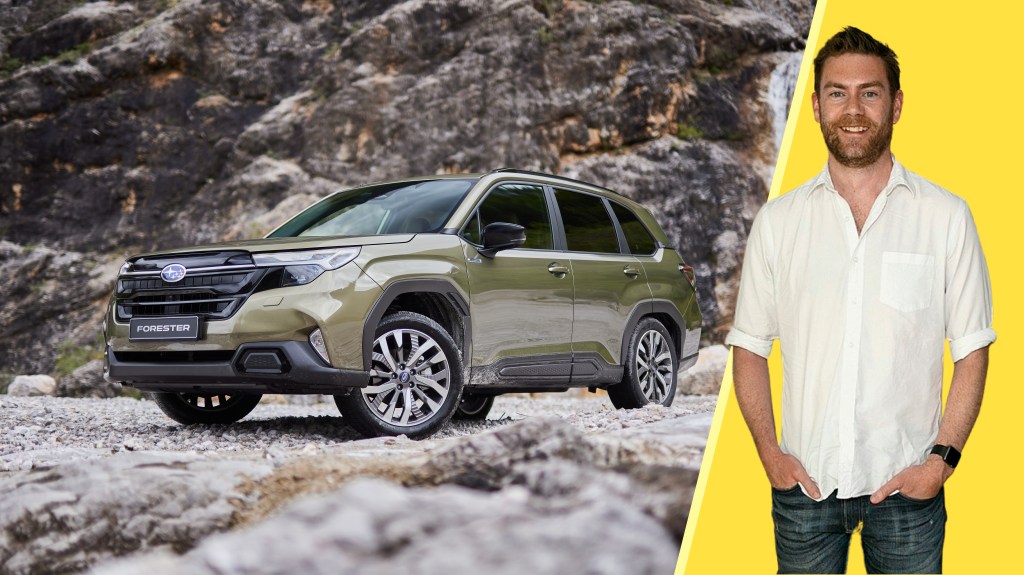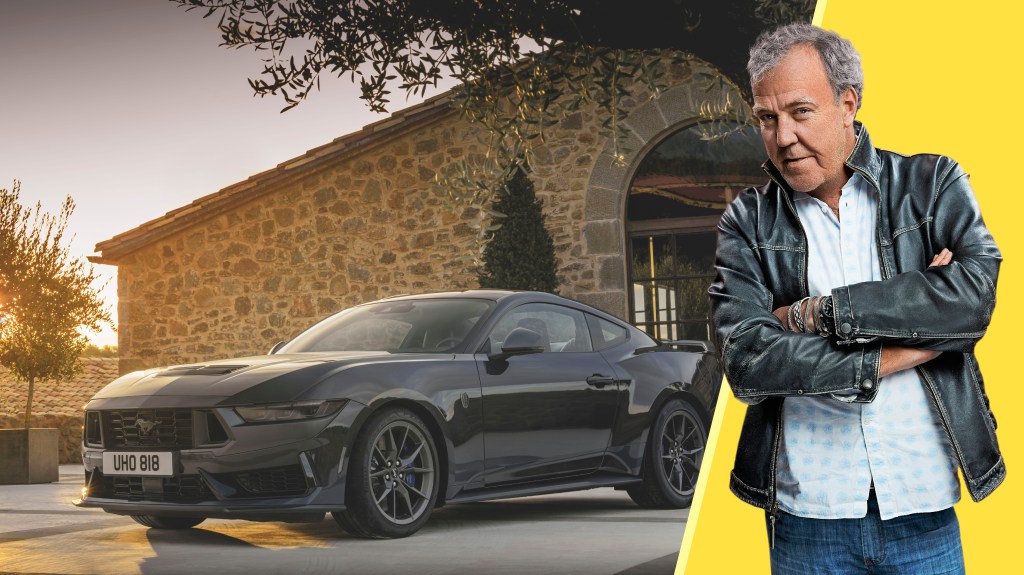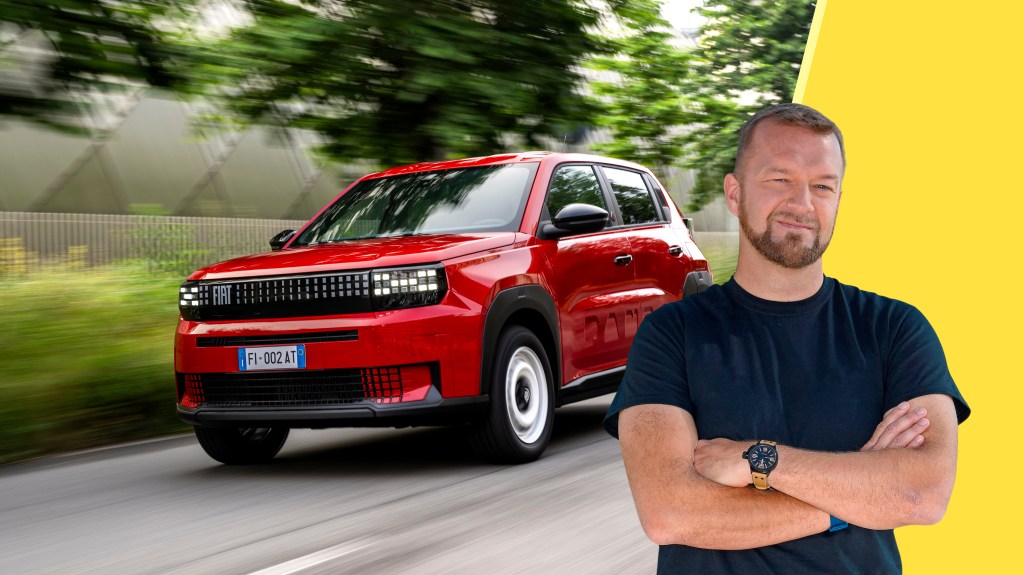Subaru Forester Review: A Disappointing Hybrid Experience
For years, Subaru has carved out a unique niche in the automotive market. Known for equipping its vehicles with boxer engines, where the cylinders lie horizontally, and for its preference for frameless door windows—typically a feature of high-performance sports cars—Subaru has often confounded and intrigued consumers. The distinct design choices, such as a prominent dashboard button labeled “Bright” that merely adjusts the flashlight on the digital clock, have underscored the brand’s eccentric approach to car engineering.
Subaru’s demographic has also been an interesting mix. When the company entered the UK automobile market, it collaborated with agricultural machinery dealers to cater to farmers, highlighting its commitment to standard four-wheel drive. This strategic decision fostered a loyal following among rural drivers, with practical Subaru models like the Legacy Outback becoming symbols of rustic affluence.
The late 1990s marked a turning point for Subaru as it pivoted to rally racing, launching eye-catching turbocharged Imprezas, famous for their blue exteriors and gold wheels. This move attracted a different crowd—young enthusiasts eager for high-speed thrills on the roads. The vibrant fan base carved out by Subaru provided the company with a unique duality, with devoted followers ranging from country families to urban speed demons.
However, that diverse audience is a relic of the past. With Subaru’s withdrawal from World Rallying and its shift away from flashy turbocharged vehicles, the latest iteration of the Forester, the sixth generation, is targeted primarily at the practical buyer. Available in a subdued hue known as Autumn Green, which seamlessly blends into the rural landscape, the new Forester maintains its signature four-wheel drive and low-sitting boxer engine, now integrated into a hybrid system that, surprisingly, does not require plugging in.

Unfortunately, this hybrid setup leaves much to be desired. The Forester’s performance pales in comparison to more efficient competitors, such as contemporary Toyota hybrids, which adeptly utilize electric power. Instead, Subaru’s offering only provides a brief electric boost before activating its 2.0-litre petrol engine, resulting in a disappointing fuel efficiency of around 30 miles per gallon.
Fans of Subaru might also lament the new design changes, including standard door window frames and the omission of the infamous clock-brightening feature. The dashboard does feature physical buttons for temperature adjustments, a refreshing sight in 2025, but it also incorporates a large touchscreen that replicates many functions. Unfortunately, navigating through this system can be cumbersome, with safety features like lane departure alerts requiring tedious menu dives before each drive. Persistent warnings and alerts, such as reminders for maintaining a mindful gaze on the road, can turn the driving experience into a navigation challenge in itself.
Despite these frustrations, the Subaru Forester does possess some merits. The ride quality is noteworthy, offering ample space and exceptionally large windows that enhance interior brightness. It conveys a sense of durability, which has become a hallmark of the Subaru brand.
However, the vehicle lacks distinctiveness. Its key trait appears to be the necessity of disabling several safety features to enjoy a smoother ride, a characteristic not exclusive to the Forester. Lacking the exhilarating turbocharged excitement of the classic Impreza, the Forester presents a sluggish driving performance, exacerbated by an automatic continuously variable transmission that leads to high engine revs accompanied by a monotonous drone.
With the quirky elements that once defined Subaru faded away, the new Forester emerges as an unremarkable vehicle, offering little in the way of standout qualities. While it fulfills its intended purpose adequately, it also lacks memorable excellence, echoing a sentiment that a little more peculiarity could go a long way.




Post Comment